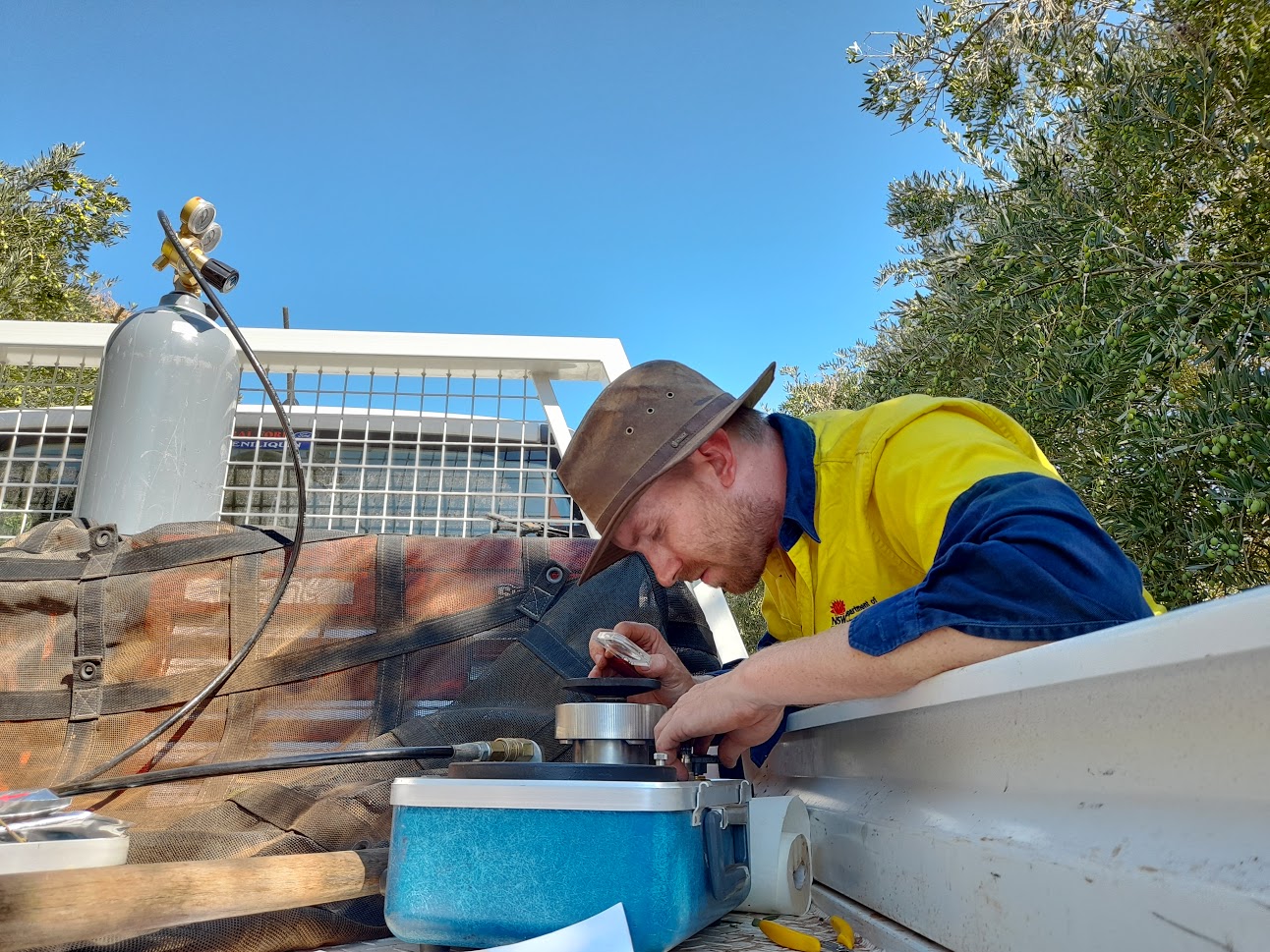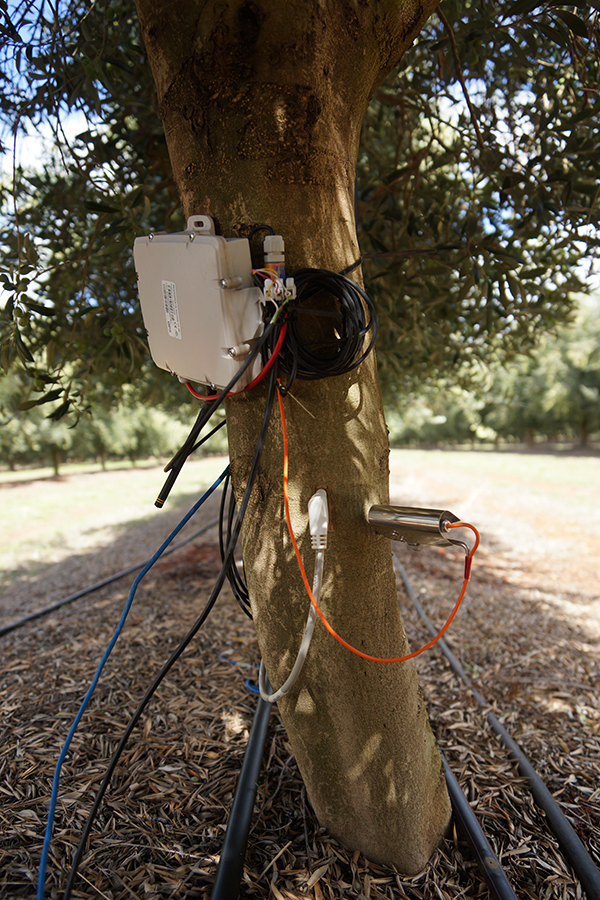
Olive tree crops
Celebrating International Year of Fruits and Vegetables
 The Australian olive industry is relatively young as it only began in 1990 with the majority of large groves planted between 1996 and 2004.
The Australian olive industry is relatively young as it only began in 1990 with the majority of large groves planted between 1996 and 2004.
The industry is now regarded as mainstream agriculture and remains an important employer in regional Australia.
With this year’s favourable seasonal conditions olive growers and industry are expecting 20,000 tonnes of olive oil to be produced.
A big turn-around from the previous year where only 9,750 tonnes were produced, reflecting seasonal factors and olive trees tend to bear fruit biennially.
Olives flourish where there are good drainage and cool winters, with hot dry summers without humidity, making the Riverina district of NSW ideal for growing olives.
Locally grown, high in good monounsaturated fats and antioxidants, and 100% natural, Australian Extra Virgin Olive Oil is a healthy choice for consumers.
The NSW Department of Primary Industries supports the olive industry through innovative research and development.
NSW DPI are working closely with the University of New England and commercial groves to assess the ability of remote sensing to improve management decisions in Australian Olive production.

As part of the Australian Government’s Rural Research and Development for Profit program, the ‘Multi-scale monitoring tools for managing Australian tree crops’ research project initially was focused on the ability of remote sensing to assess plant health and also predict olive yields, giving growers spatial information to identify areas of low and high production and potential drivers behind these yield variants.
Through consultation with industry, it was identified that water productivity in irrigated groves was becoming more important for the Australian Olive industry.
To help explore and better understand water productivity in Australian Olives, water deficit treatments were implemented at one of Boundary Bend Olives groves, a key co-operator of the project.
The water deficit component of the research project consists of applying 50% and 75% of what is current practice. These treatments, now in their second season, have been implemented over two varieties and two vigour’s (selected by remote sensing).
Remote sensing is being used to monitor the health of these trees and track them over time. Soil moisture and plant sensors are being used to correlate this to actual plant stress experience by the trees and final fruit yield, oil yield and oil quality are being collected to assess the effect of the treatments on production.
With regards to water productivity, the research is indicating that there could be potential for growers to use remote sensing to zone their groves and reduce water applied to zones or areas of lower vigour, or when water is scares to priorities the high yielding areas.
This research is delivered by New South Wales DPI in collaboration with University of New England, Central Queensland University, and Boundary Bend, funded by Hort Innovation with support from the Australian Government Department of Agriculture, Water and the Environment, as part of the Rural R&D for Profit program.



